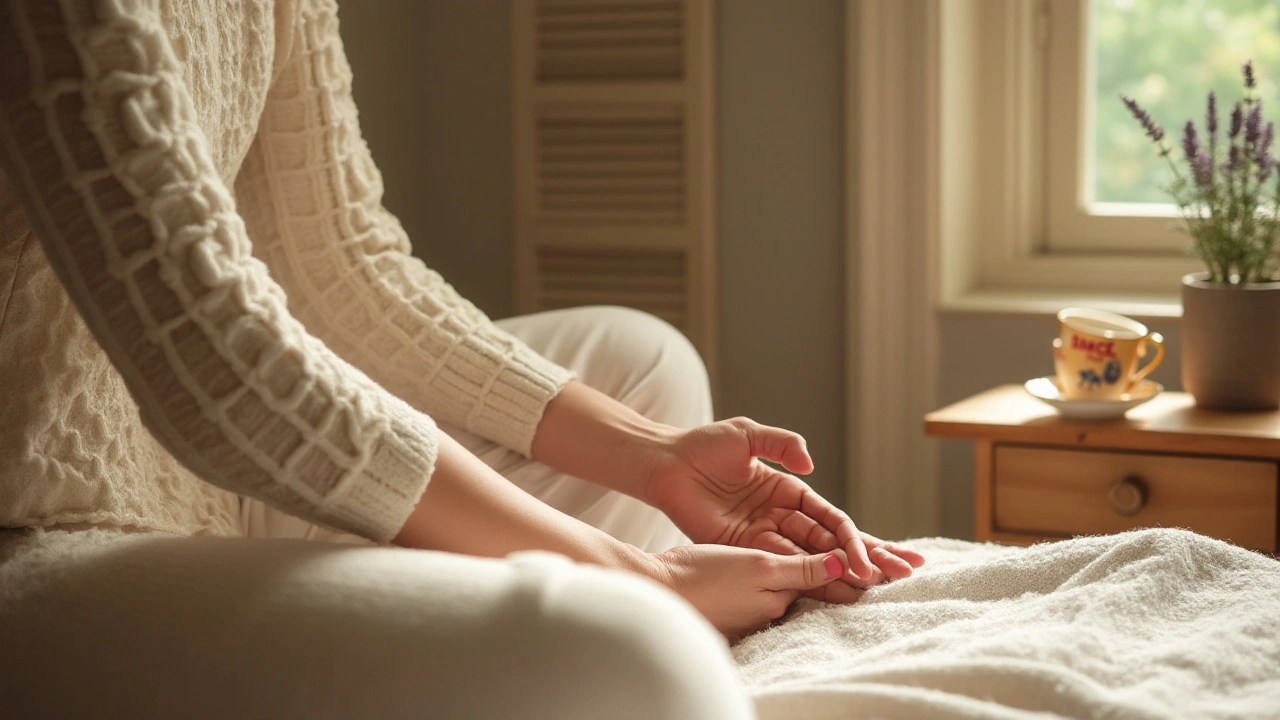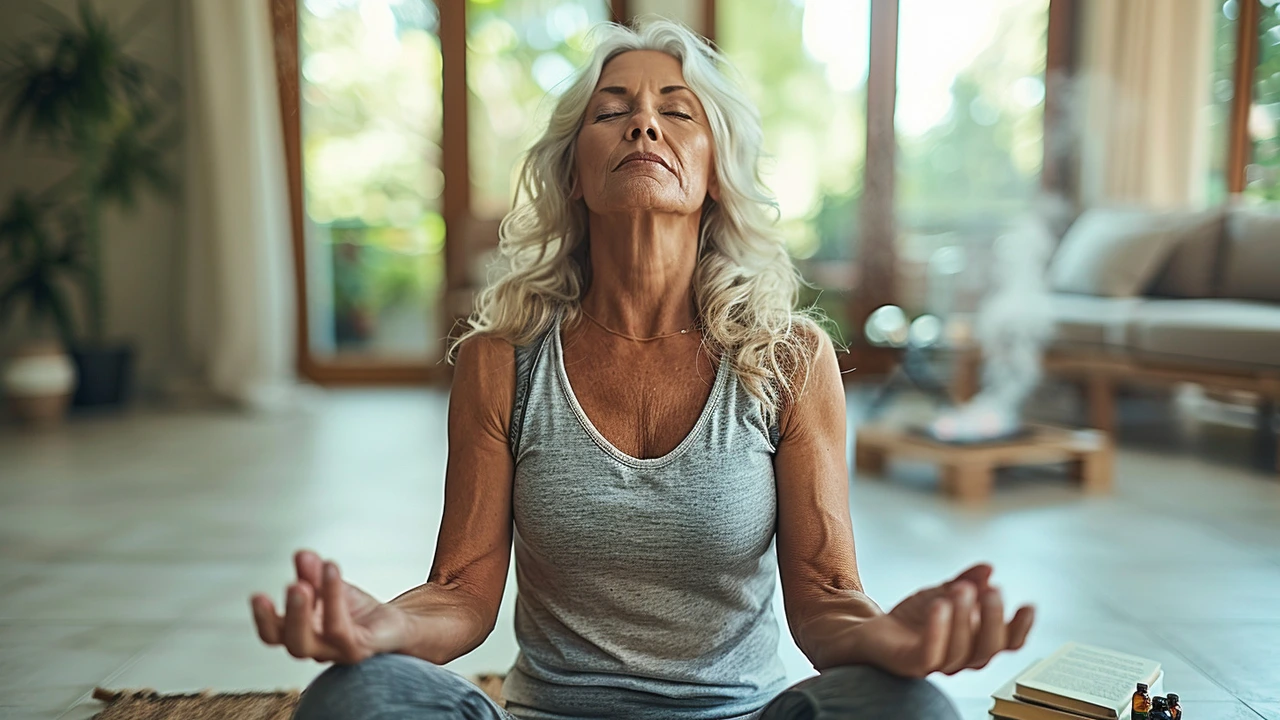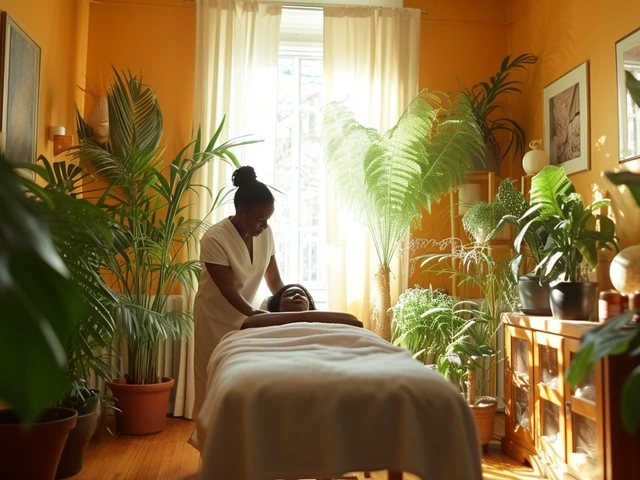Natural Remedies: Smart, Safe Ways to Feel Better Fast
What if a few simple moves, a plant-based balm, or a short breathing trick could cut your pain or calm your mind without pills? Natural remedies don’t replace medicine, but they often give fast relief, cost less, and have fewer side effects. Below are clear, practical options you can try today for pain, stress, sleep, and everyday aches.
For muscle knots and tension, try trigger point self-massage. Press a finger or a small ball into the tight spot, hold firm for 20 to 30 seconds, then slowly release. Repeat three times and follow with gentle stretching. This works well after workouts or long hours at a desk.
Acupressure is another quick fix for headaches, nausea, and stress. Press the webbing between thumb and index finger for headache relief, or use the inside wrist point (two fingers down from the wrist crease) for nausea and anxiety. Apply steady pressure for one to two minutes while breathing slowly.
Herbs, oils, and warmth
Balm and oils can reduce inflammation and relax muscles. Arnica gel eases bruising and sore spots. A small patch test rules out irritation. Peppermint oil cools and helps tension headaches when dabbed on temples (dilute with a carrier oil). Heat works wonders for stiff joints: a warm towel or hot pack for 10 to 15 minutes increases blood flow and loosens tight tissue.
For stress and sleep, try a short nighttime routine. Turn off bright screens 30 minutes before bed, do five minutes of slow belly breaths, and sip a small cup of chamomile or lavender tea. If your mind races, write down three simple tasks for tomorrow—then tuck them away.
Gentle bodywork and movement
Not every problem needs hard pressure. Methods like Feldenkrais, Ortho-Bionomy, or gentle Lomi moves focus on small, mindful shifts that retrain movement and ease chronic patterns. You can mimic this at home: move slowly through a range of motion, notice where you feel tightness, and soften into the movement. Even five minutes daily improves awareness and reduces pain over weeks.
When to get professional help? If pain is sharp, worsening, comes with fever, numbness, or limits daily life, see a clinician. Natural remedies are best for mild to moderate issues or as short-term helpers. Combine them with professional advice when you have ongoing conditions.
Choose quality products and trained practitioners. Look for clear ingredient labels, ask about training and experience, and shy away from anyone promising instant cures. For hands-on work, a 30-minute consult before the first session helps set goals and spot red flags. Keep a simple log of what you try and any side effects—this helps conversations with your doctor too.
Pick one or two methods and try them for a week. Track what changes—sleep, pain levels, mood—and keep what helps. Natural remedies are tools: simple, low-risk options that often make daily life easier. If something doesn’t help or causes harm, stop and consult a professional. Small, steady habits beat one-off fixes every time.

Discovering Acupressure Techniques to Combat Insomnia Effectively
Acupressure has been used for centuries to improve sleep quality and relieve insomnia through natural pressure points in the body. By understanding specific points and techniques, individuals can promote relaxation and enhance restfulness. This approach is especially beneficial for those seeking alternatives to medication and looking to harness the body’s natural healing abilities. Simple exercises can be performed anywhere, making them an accessible solution for sleepless nights.

Essential Oils for Pain Management: Harnessing Aromatherapy's Soothing Power
Exploring the intersection of natural healing and modern wellness, this article delves into how aromatherapy and essential oils can be effectively used for pain relief. It covers different types of essential oils suitable for various pain types, methods of application, and the scientific basis behind their efficacy. Additionally, it provides practical tips for integrating these oils into your daily routine for optimal benefits.
Categories
- Health and Wellness (148)
- Alternative Therapies (86)
- Massage Therapy (40)
- Travel and Culture (15)
- Beauty and Skincare (9)
- Holistic Health (8)
- Health and Fitness (5)
- Spirituality (5)
- Other (2)
- Personal Development (2)
Popular Articles



